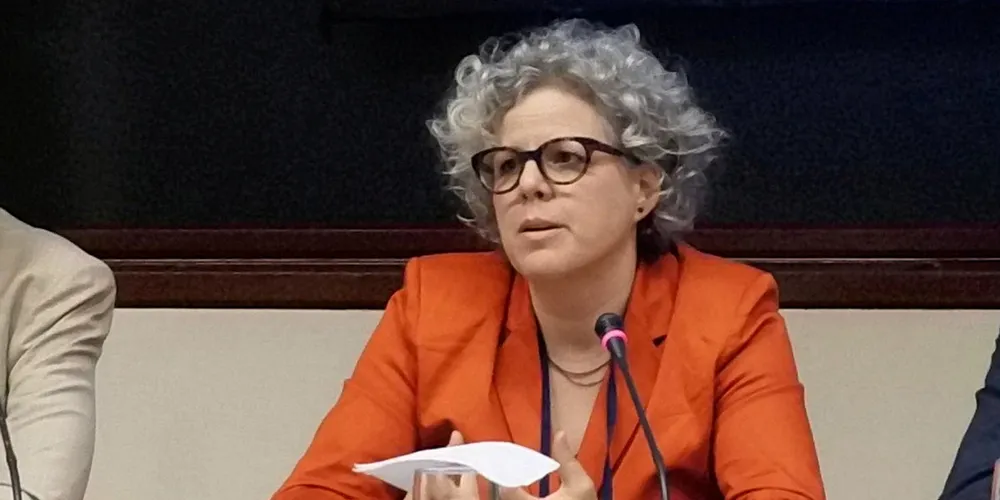Renewables getting less than half the money needed to hit climate goals as emissions rise further - REN21
Lack of financing and permitting delays have left an estimated 3TW of green projects sitting undeveloped, says report

Lack of financing and permitting delays have left an estimated 3TW of green projects sitting undeveloped, says report
